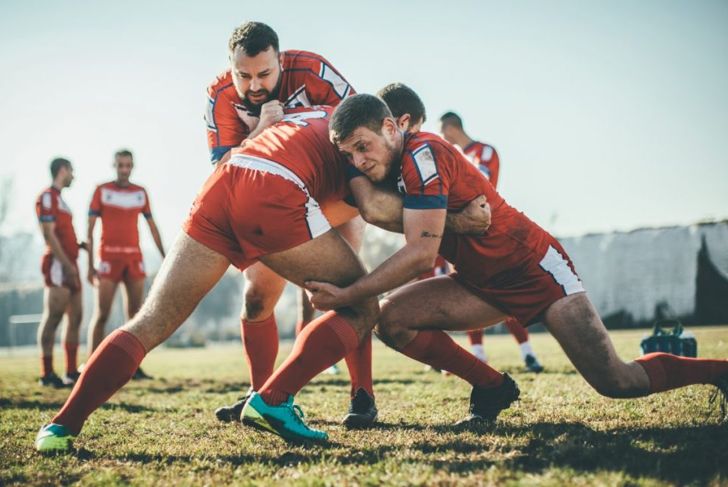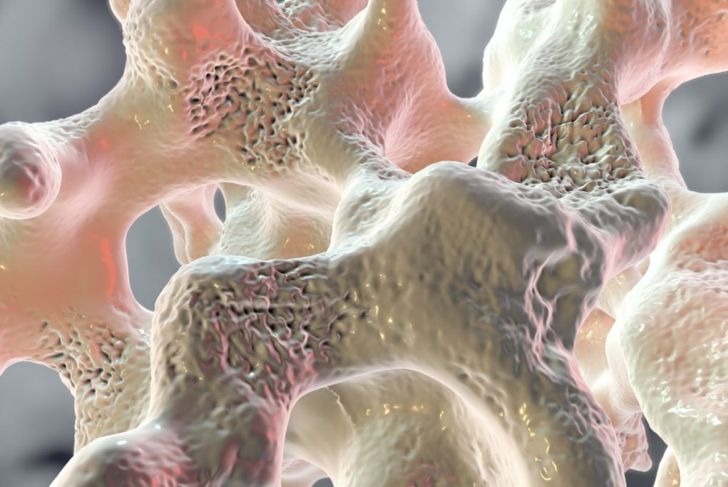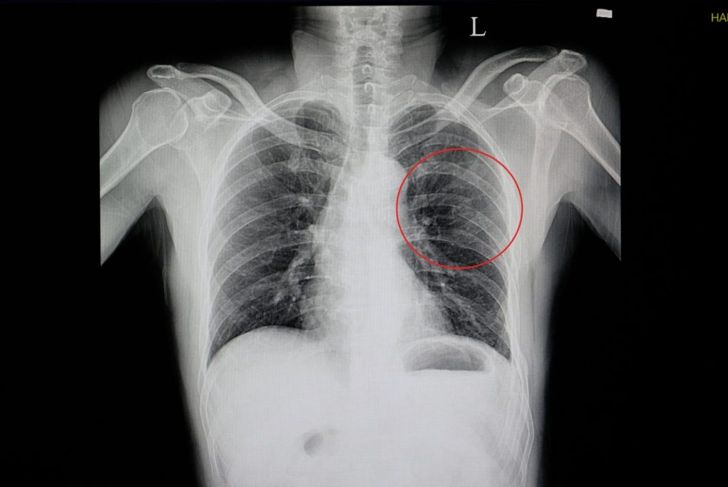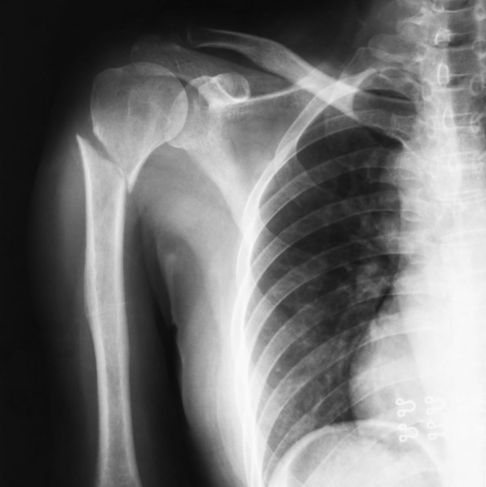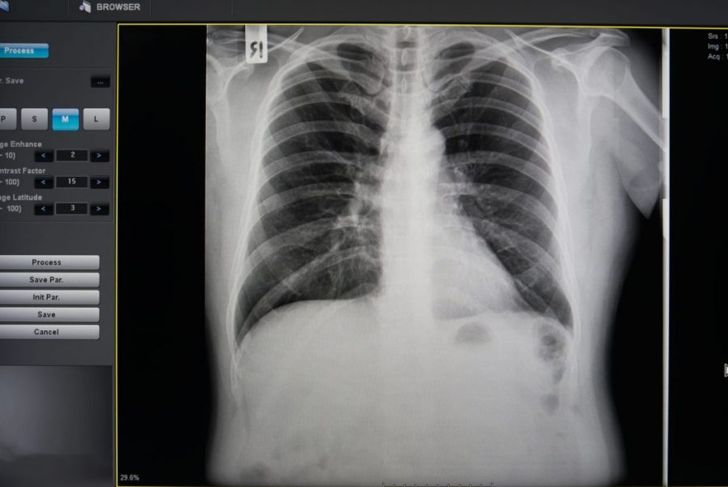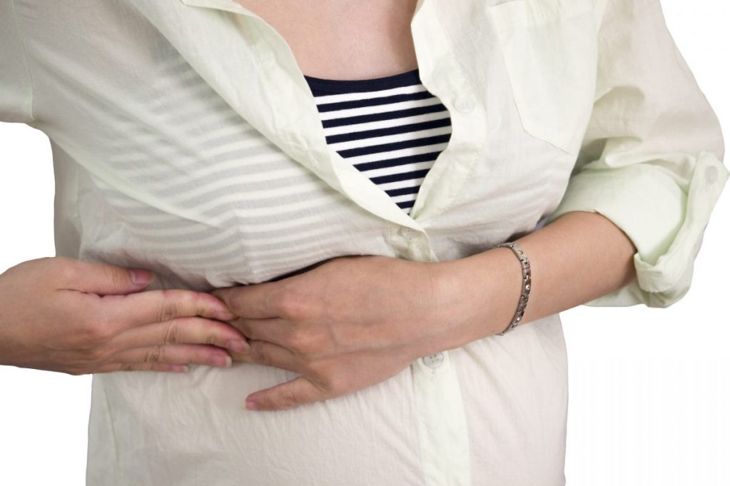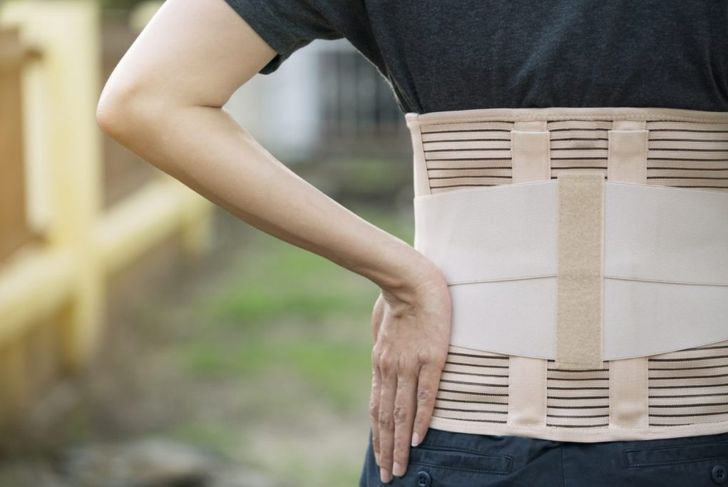The ribs work hard — they protect the heart, lungs, and other organs from damage and help the spine keep the body upright. Although designed for protection, the ribs can become damaged, broken, or bruised. After a rib injury, care and rest can be the best things. In the case of breaks, however, an individual may require more intensive treatment to ensure the broken rib doesn’t damage the lung, spleen, or other organs.
Cause: Accident or Sports Injury
An auto accident can easily break or bruise ribs, especially if the force from the seatbelt or the car’s airbags is strong enough. Sports injuries are another common cause of broken ribs, especially in contact activities such as football and rugby. Lacrosse, wrestling, and field hockey can also result in bruised or broken ribs.
Cause: Repetitive Motion
Repeated motion can also lead to bruised or broken ribs. Swinging a golf club, rowing, and swimming can cause strains or hairline cracks on the ribs that typically feel like pain and soreness in the chest. Coughing repeatedly, such as when you have walking pneumonia or a cold, can also bruise or even fracture the ribs. Even prolonged vomiting can result in damage. Even life-saving measures such as CPR can break ribs.
Cause: Osteoporosis
Osteoporosis is a condition in which the integrity of the bones weakens, causing them to break more easily. It is most common in post-menopausal older women and generally happens as a result of low calcium intake. A fall or injury that may simply cause bruising in a healthy person can cause hairline or larger fractures in those with osteoporosis. Older adults can mitigate osteoporosis damage through various measures such as eating diets rich in calcium and Vitamin D.
Cause: Cancer
Cancer in other parts of the body can spread to the bones, creating cancerous lesions that make them brittle and more susceptible to breaks. Certain kinds of cancers, such as kidney and colon, tend to make this transition. People diagnosed with cancer often undergo bone scans to keep an eye on bone health as their condition progresses.
Symptoms of Broken Ribs
Often, painful ribs may just be severely bruised or have hairline fractures. If this is the case, moving with care can prevent the fractures from worsening and lessen pain. Chest pain from broken ribs is different than a heart attack. If the ribs hurt when taking deep breaths or if a person feels pain and tenderness at the site of the injury, he or she should consult a physician. Twisting the body will cause the pain to get worse, as will deep breaths, and laughing, or coughing.
Diagnosing Broken Ribs
When people are admitted to the hospital for a car accident or sports injury, an EMT or the attending doctor will most likely check for bruised or broken ribs. During this exam, the physician will press gently on the ribs and may listen to the lungs and watch the rib cage move as the patient breathes. If a cracked rib is deemed probable, an imaging test may be ordered, such as an x-ray, MRI, or CT scan, which can detect fresher fractures than the other two options. The test will look at the soft tissues and organs around the ribs to determine if there is damage.
Diagnosing Bruised Ribs
Treating bruised ribs is similar to treating broken ones, although only a scan can confirm the differences between the two. However, people who notice pain increasing near the injury site or sharp pains in the side or lungs should be examined for broken ribs. Ice and rest will help reduce swelling, and over-the-counter analgesics will help manage the pain.
Harm Caused by Broken Ribs
A broken rib — one that is more than a hairline fracture — can cause damage to the soft tissues. A CT scan can determine the extent of the damage. A broken rib can have a jagged edge that juts into the chest cavity. Toward the top of the rib cage, near the sternum, a broken rib can tear a vital blood vessel. Toward the middle, it could puncture a lung, and one near the bottom can tear the liver, spleen, or kidneys. These kinds of rib injuries often require more serious medical treatment.
Treatment for Rib Injuries
Much of the healing from rib injuries can take place at home. People with sports-related injuries need to take a break from physical activity until healing is complete. In the meantime, injured individuals can apply ice and take over the counter painkillers. Avoid tight clothing or restrictive garments around the chest, as these can inhibit breathing. Pneumonia is common after a rib injury, so people should ensure they’re continuing to breathe deeply and may need to see a doctor about devices that help them take deep breaths.
Complications from Rib Injuries
While most rib injuries heal on their own, more serious breaks can have complications. These may require additional treatment or surgery. If the sharp end of a broken rib punctures a lung, the individual may need surgery to remove air or blood from the chest. In rare cases, badly injured ribs require repair with metal plates. Additional bruising or tenderness and swelling in the days following a break may indicate soft tissue damage, so anyone with injured ribs should keep an eye on symptom development.

 Home
Home Health
Health Diet & Nutrition
Diet & Nutrition Living Well
Living Well More
More